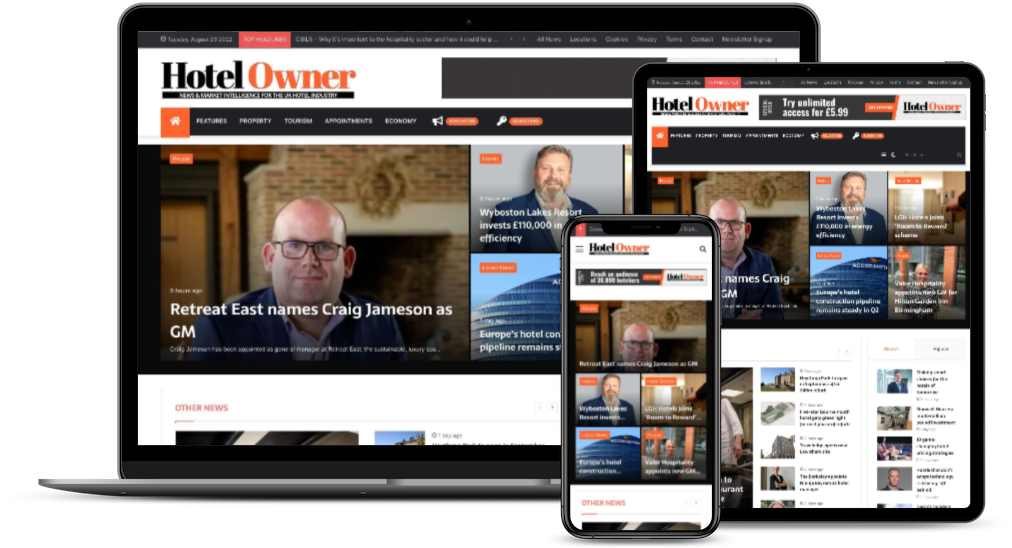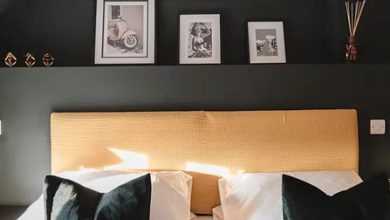
Today, travellers are more informed and discerning than ever before, researching destinations, hotels, and travel experiences thoroughly before booking a trip to ensure they get the most value for their money. As a result, pricing strategy is one of the most important aspects of effective revenue management because it directly impacts the hotel’s bottom line.
What is a pricing strategy?
A pricing strategy refers to the approach you take in setting the rates for your hotel. Pricing is a critical revenue management function because it can either increase or decrease the amount of revenue your hotel brings in, and good pricing strategies that can maximise revenue include approaches like ‘seasonality pricing’, where you can maximise revenue by adjusting your rates based on seasonal trends.
You may also want to consider adjusting your rates based on the type of customer you are trying to attract. This is called ‘customer type pricing’. For example, a conference or event in town may bring in a lot of business travellers who are willing to pay higher rates. You can attract more local leisure travellers by lowering rates during off-peak times.
Here are ten other game-changing pricing strategies that will help your hotel remain profitable as ever:
1) Pricing based on demand and supply
When setting prices, you should always consider both the supply and demand for rooms in your hotel. The more demand there is for rooms and the fewer rooms you have available, the more likely it is that you’ll need to raise your rates. When the supply of rooms outstrips the demand, you’ll likely want to lower your rates.
When setting rates, you may want to consider the average length of stay for guests at your hotel. For example, if you have a convention coming to town with attendees who typically stay for an average of three nights, you’ll likely want to set higher rates to stay profitable. However, keep in mind that you do not want to price your rooms so high that you lose out on customers.
2) Data-driven dynamic pricing
While dynamic price optimisation is a great strategy for maximising revenue, it’s also important to have data-driven price adjustments. Data-driven dynamic pricing can help you maximise revenue by taking into account demand factors that are not as easily tracked.
For example, you may want to charge higher rates during a convention in town, but tracking this information manually may be challenging. With data-driven dynamic pricing, you can set a rule to charge higher rates during major conventions based on the city where the convention is taking place. Data-driven pricing can also be used to lower rates during slow periods, such as during the off-season, when demand for rooms is lower.
3) Rate shopping against competitors
The first step in this is to identify who your competitor is; it is very important how you look at the competitor within the same category and segments.
More research needs to be made on how your competitors are pricing. Simply copying their rates or undercutting the rate doesn’t mean you will achieve the best possible rate, however, this would need to be taken as guidelines.
Some of the tools available in the market may automatically rate shop every few hours for you to be on top of this strategy.
4) Day of the week (DOW)
Depending on your market segment, your previous year’s results may show when your demand is higher. For example, city centre hotels may attract business stays on Monday through Thursday, Friday to Sunday will attract weekenders and leisure customers.
You should have your pricing strategy based on each day of the week and Length of Stay (LOS). For example, if your demand is higher on Monday to Wednesday, you should consider having the restriction of minimum LOS in order to avoid overbooking on one weekday and missing out on the shoulder nights.
The revenue manager must produce DOW reports 2-3 times of the week and monitor prices accordingly.
5) Length of stay (LOS)
LOS is a great hotel pricing optimisation strategy, which can be adjusted based on the LOS of your guests. Naturally, extended LOS always benefits the bottom line. For the customer, you propose a package of one price over 2-5 nights, rather than them viewing different pricing options. For example, on Bank Holidays in the UK, School holidays, during local events and festive seasons, most of your customers seldom arrive for one night.
The ultimate goal is to maximise the LOS, especially on special event days.
6) Pricing based on market segments
Market segments of the customer can be factored by age, tour groups, event-based, corporate, and leisure, among others. Tracking market segments is very important in order to price the customer accordingly.
7) Cancellation policy
Surprisingly, rates based on cancellation can bring you higher revenue. Most customers, when their plans are confirmed, would opt for an advance purchase or a non-refundable price, which needs to be at the lowest, best available rates to attract more in advance.
Whereas, flexible pricing (cancellation up to the same day) may result in lower revenue, as there is a risk of guests cancelling their bookings at the last minute.
8) Promotional rates
Pricing strategy based on promotion and incentive effectively attracts new customers, as well as maintaining loyal customers through rewards. Your marketing team can promote through your regular email marketing, social media and other digital and offline marketing using incentive-based bookings.
9) Rate parity
One of the most important factors is having trust with your guests, online travel agents (OTA), and other distribution partners you work with. The only way to attract more customers to book directly is through better options of rates provided directly without rate parity. You can also implement incentives and promotion-based rates to attract more direct bookings.
10) Upselling
This is a great tool and pricing strategy to upsell rooms on check-out or post-booking. The best way to do this is on the confirmation email you send. This should display an option of minimum pricing to upgrade to a higher category of room or add different packages. Bear in mind that the open email rate for email confirmation is almost 100%, so don’t miss out on this opportunity to offer an upgrade or any other cross-selling tactic.









